Stanford Medicine scientists have developed a brain-computer interface that detects inner speech from speech-impaired patients, in a step toward restoring rapid communication.
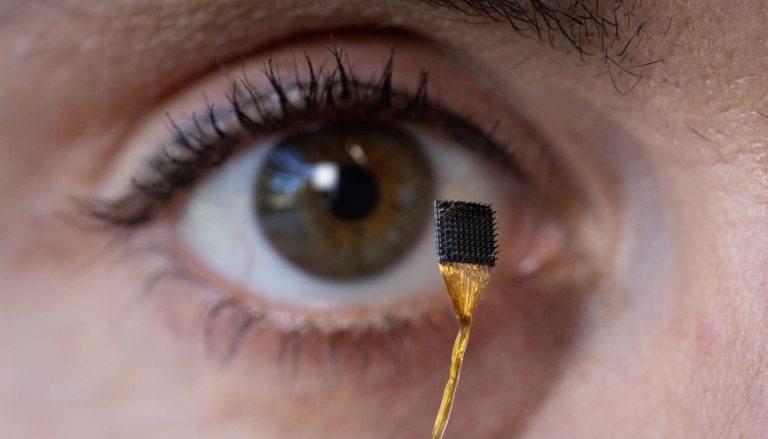

Stanford Medicine scientists have developed a brain-computer interface that detects inner speech from speech-impaired patients, in a step toward restoring rapid communication.
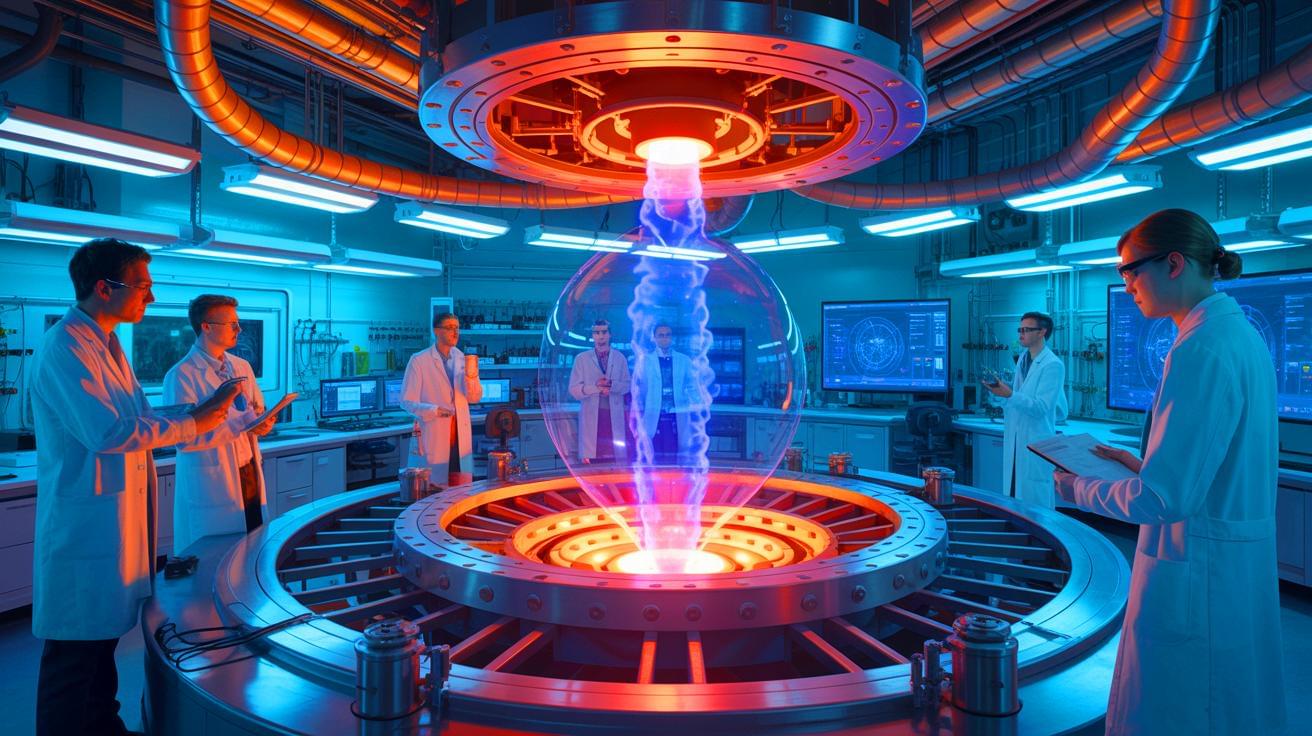
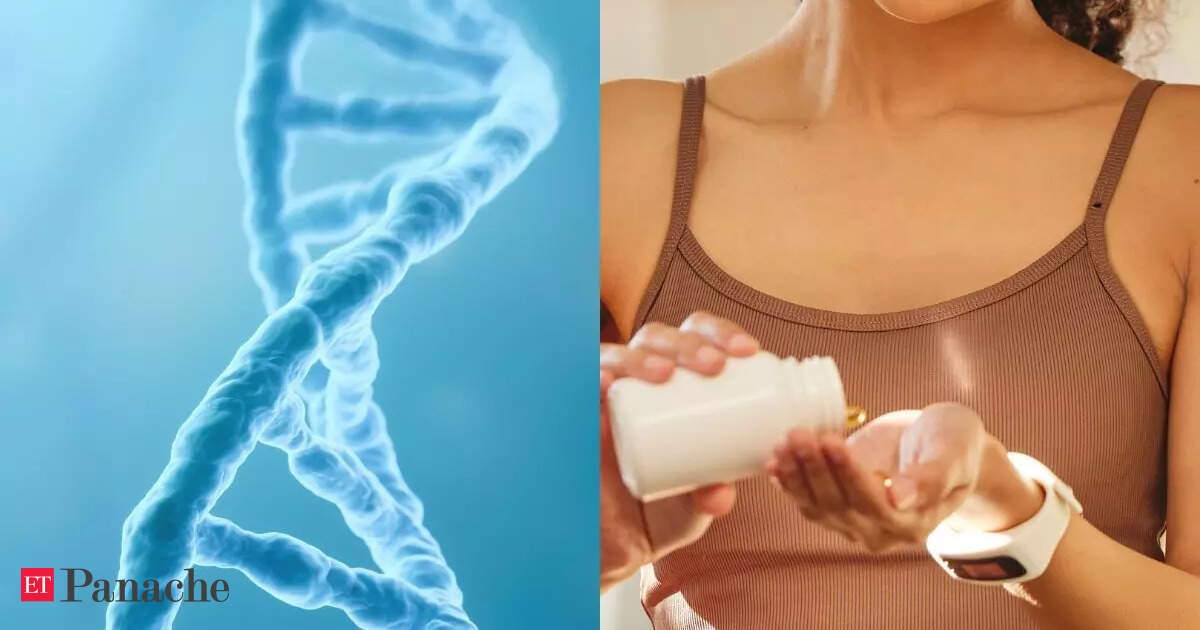
A Harvard-affiliated study suggests that daily vitamin D supplementation may help slow biological aging by protecting DNA and preserving telomere length. The VITAL trial, which tracked over 1,000 adults for four years, found that participants taking 2,000 IU of vitamin D daily experienced less telomere shortening, effectively reducing biological aging by nearly three years.

Quantum scientists in Innsbruck have taken a major leap toward building the internet of the future. Using a string of calcium ions and finely tuned lasers, they created quantum nodes capable of generating streams of entangled photons with 92% fidelity. This scalable setup could one day link quantum computers across continents, enable unbreakable communication, and even transform timekeeping by powering a global network of optical atomic clocks that are so precise they’d barely lose a second over the universe’s entire lifetime.
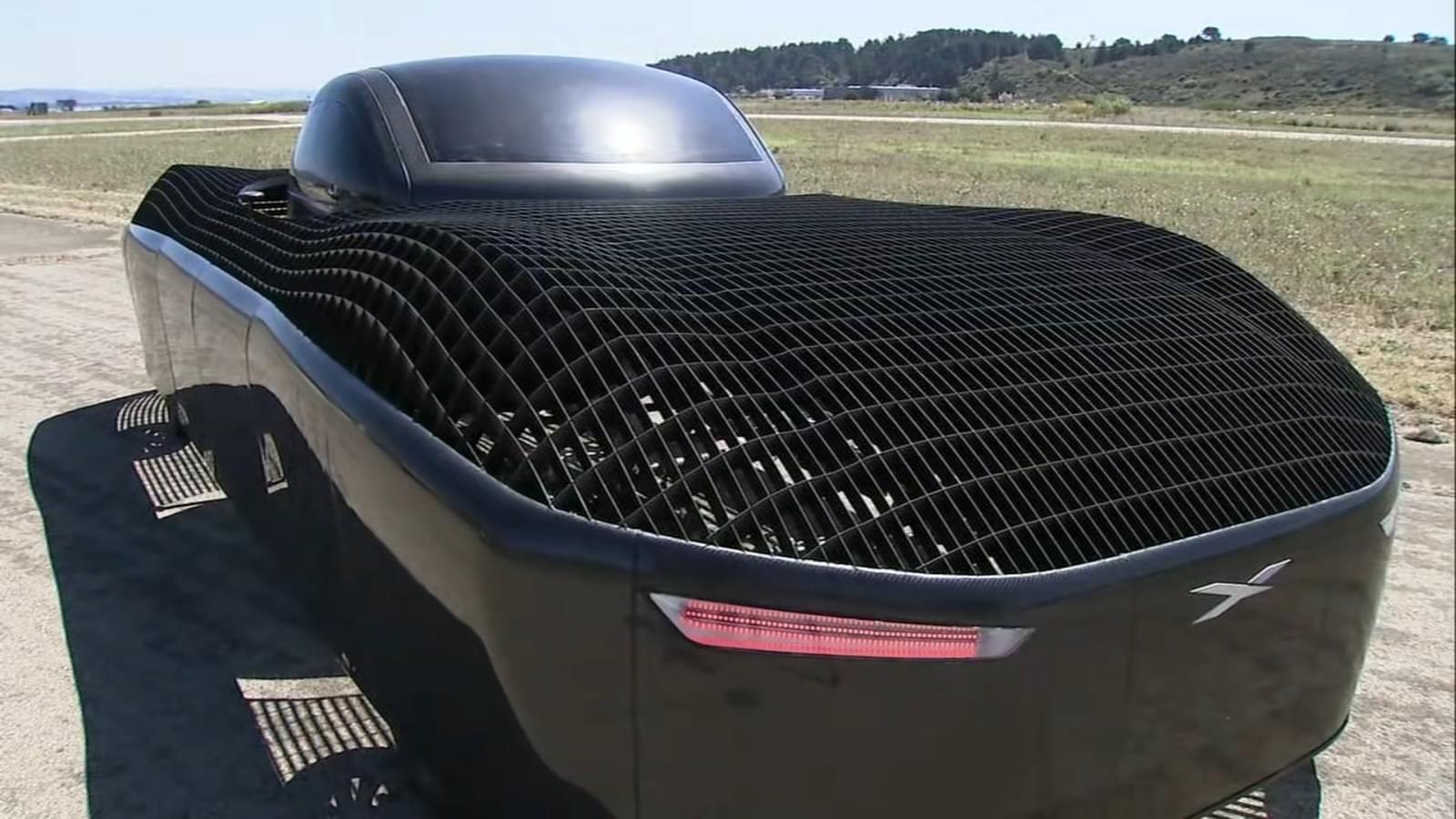
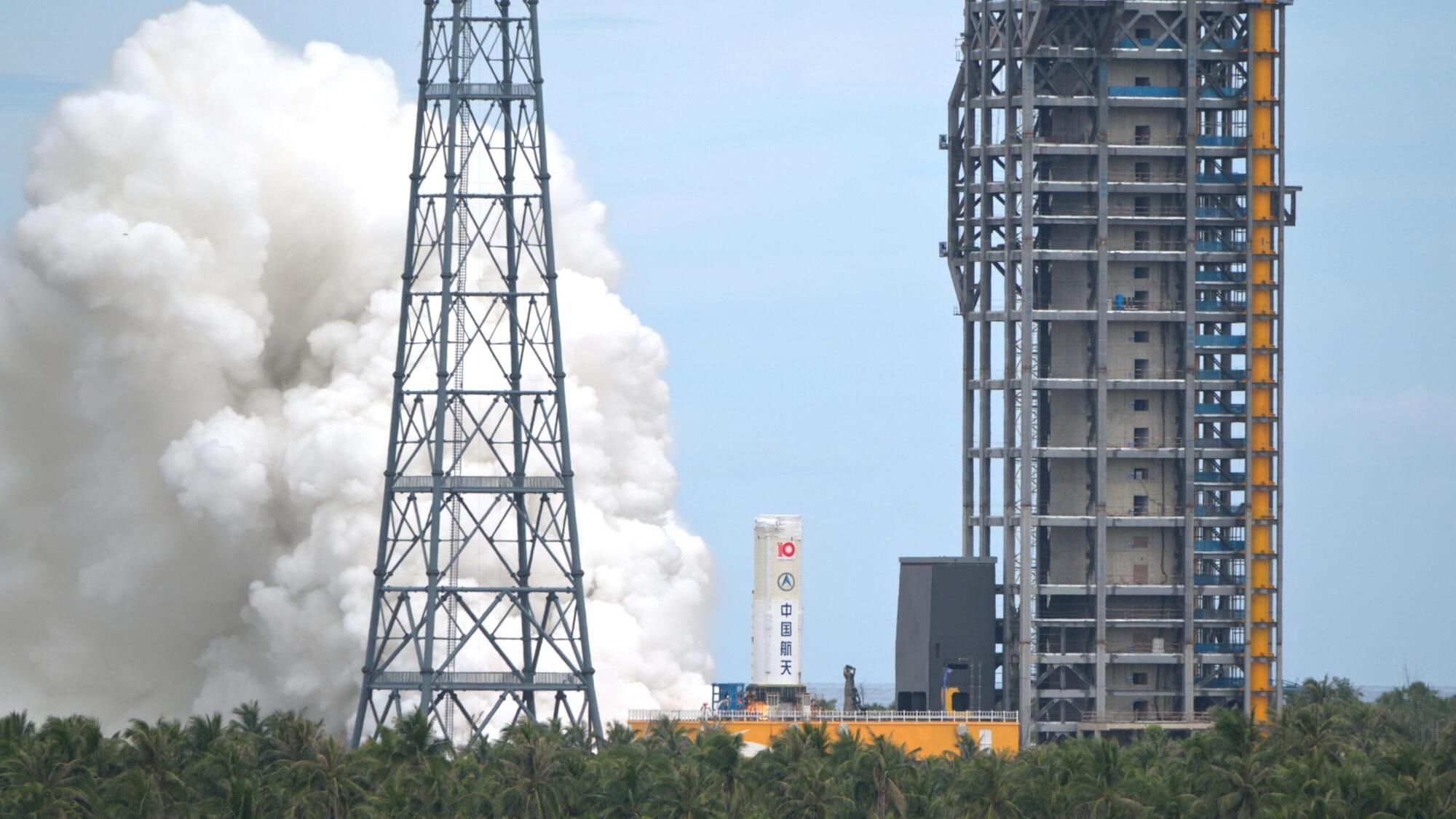
Questions to inspire discussion.
Business Strategy and Market Impact.
💼 Q: How is Tesla positioning its robo taxi service in the market? A: Tesla is aiming to change the world towards sustainable transport, winning the first two-month race in deployment, service area, and metrics, rather than engaging in an “online dork battle” about robo taxis.
📊 Q: What’s Tesla’s approach to incidents in its robo taxi service? A: Tesla is carefully managing the launch to minimize the impact of incidents on reaching peak gross margin and revenue, prioritizing this over the cost of safety monitors.
FSD Supervised in Australia.
🦘 Q: How successful is Tesla’s FSD Supervised rollout in Australia? A: It’s considered a success story, with 8 cameras processing live information, navigating complex environments like Brisbane’s “spaghetti bowl” of ramps and exits, and handling roundabouts and highway merges.
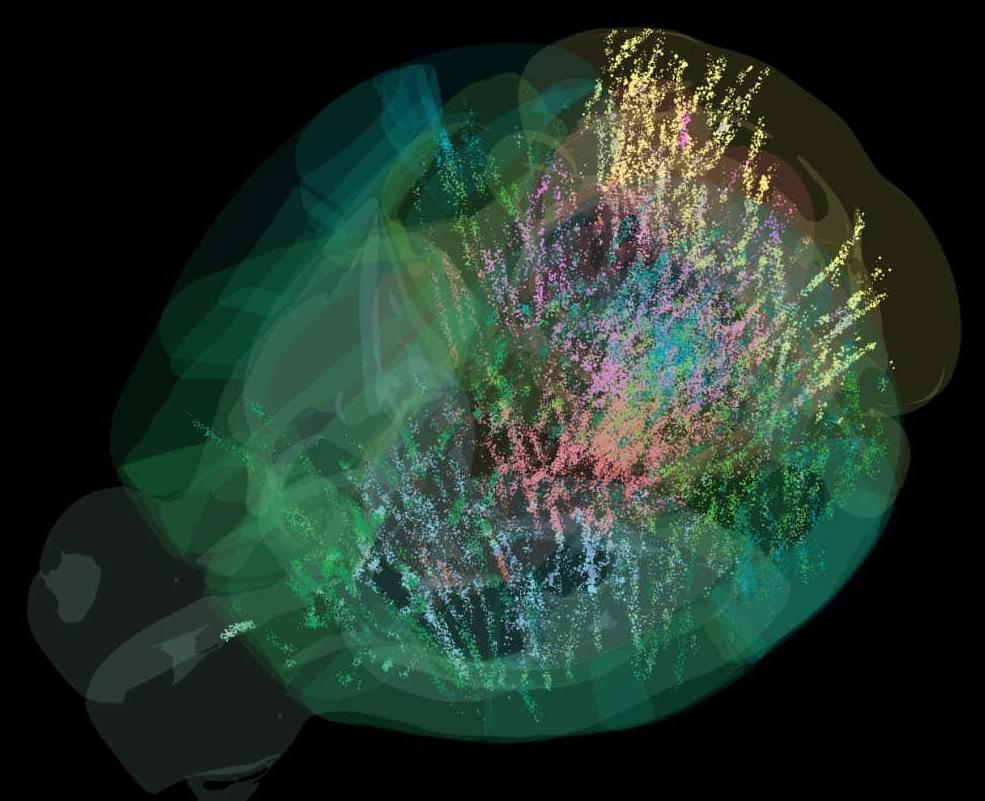


A giant bubble of gas and dust surrounds the red supergiant DFK 52, likely created in a powerful outburst 4,000 years ago. Astronomers are baffled at how the star survived without going supernova, and suspect a hidden companion may have played a role. This discovery could reveal clues about the final stages of massive stars.
Astronomers from Chalmers University of Technology, Sweden, have discovered a vast and expanding bubble of gas and dust surrounding a red supergiant star – the largest structure of its kind ever seen in the Milky Way. The bubble, which contains as much mass as the Sun, was blown out in a mysterious stellar eruption around 4,000 years ago. Why the star survived such a powerful event is a puzzle, the scientists say.
The new results are published in the scientific journal Astronomy and Astrophysics, and the team was led by Mark Siebert, Chalmers, Sweden. Using the ALMA radio telescope in Chile, the researchers observed the star DFK 52 – a red supergiant similar to the well-known star Betelgeuse.